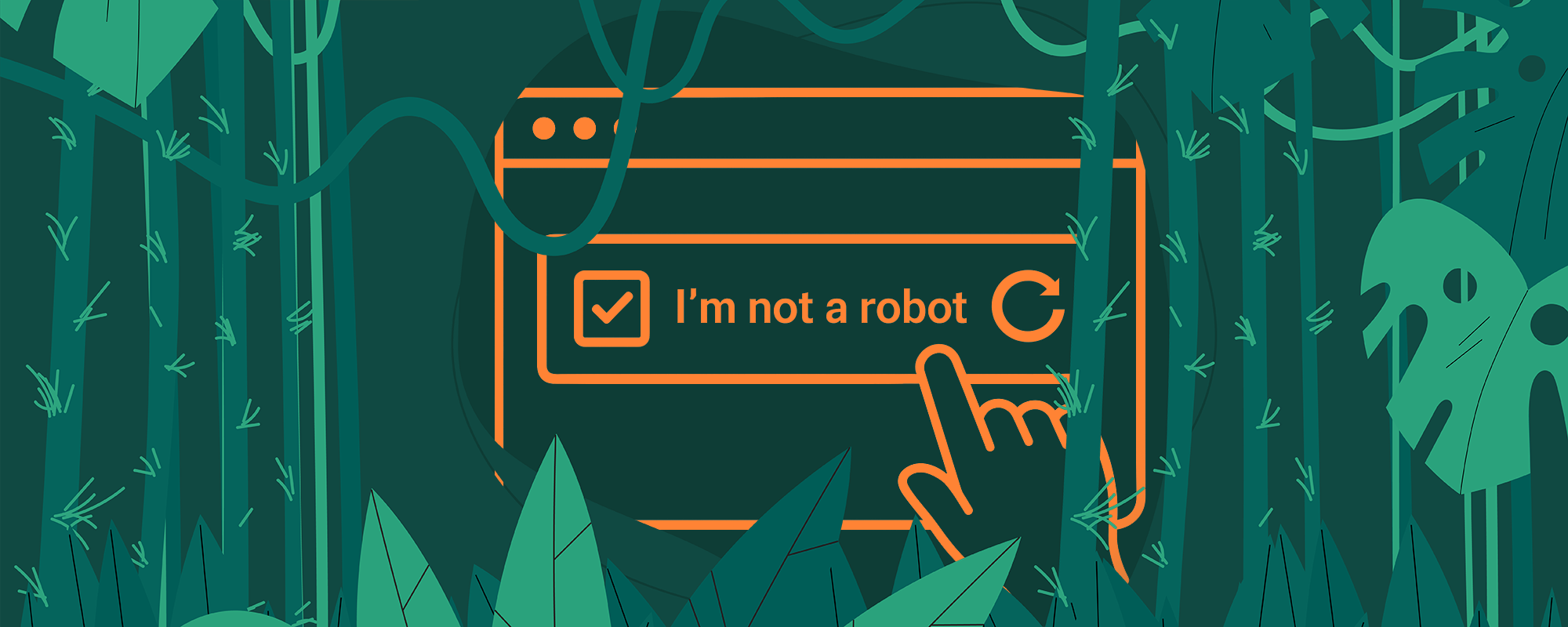Every major website receives a mix of legitimate visitors and unwanted traffic. Among the latter are bots, scrapers, fraudsters, and attackers attempting to overload servers, exploit vulnerabilities, or break into accounts. To stay online and secure, websites rely on bot detection frameworks - systems designed to filter incoming traffic and stop harmful actors before they reach the actual application.
This article explains how these protection systems work, what data they analyze, why they are so effective, and what it means for anyone performing automation or scraping.
The Layers of Defense
Defending a large website against attacks is expensive and requires constant monitoring. Most companies choose not to build these tools internally. Instead, they outsource protection to specialized firms whose entire business revolves around filtering traffic.
There are exceptions: Google, for instance, operates its own internal system called Google Antibot. But for the majority of businesses, external protection services are far more efficient.
Companies such as Cloudflare, Akamai, Datadome, Kasada, HUMAN Security, and Imperva sit in front of the website like a shield. Every single request flows through them first. Only traffic that appears legitimate is allowed through; the rest is challenged, rate-limited, or blocked entirely.
These providers can stop everything from DDoS attacks to large-scale credential stuffing and automated scraping. While they cannot access the website’s database, they see and inspect all inbound traffic, giving them enough information to make a judgment about each visitor.
What Anti-bot Systems Look At
Although they cannot see what is inside the site, they can observe nearly everything about the connection itself.
Bot detection frameworks evaluate details such as:
- The visitor’s IP address and approximate geolocation
- The TLS fingerprint, which reveals how the encrypted connection was formed
- The HTTP headers, which expose browser and system characteristics
- The frequency and timing of requests from the same client
These signals alone already reveal whether a visitor is using a normal browser or a suspicious automation tool. But modern systems go much deeper.
A key part of the process is verifying whether the visitor’s browser fingerprint is coherent. For example, if the user agent claims the browser is “Chrome 142”, the system checks whether other attributes - WebGL renderer, canvas behavior, screen resolution, client hints - align with what a real Chrome 142 device would produce. To do this reliably, frameworks compare the visitor’s fingerprint against millions of other fingerprints they have seen.
Because these services process massive amounts of traffic every day -literally thousands of terabytes - they have a clear statistical understanding of what normal users look like, and what attackers typically do.
The JavaScript Challenge
If something looks strange or inconsistent, the framework does not immediately block the visitor. Instead, it sends a JavaScript challenge to the browser. This challenge slows down automated attacks by forcing the environment to execute real code, but more importantly, it gives the protection system deeper insight into how the browser behaves.
During this challenge, the system examines various rendering and device-level behaviors. It inspects the Navigator object, watches how WebGL scenes are drawn, checks WebRTC availability, and measures how the canvas element produces graphics. It also looks at client hints, screen characteristics, and other subtle signals that reveal whether the browser’s identity is genuine and consistent. All these data points together show the system whether it is dealing with a real user or an automated setup mimicking one.
Can These Systems Be Defeated?
There are community-developed tools capable of decoding these JavaScript challenges or bypassing certain anti-bot mechanisms.
- akamai-deobfuscator
- akamai-toolkit
- incapsula-proof-proxies
- waf-bypass
- Humanoid
- cloudflare-bypass
- puppeteer-stealth
- Botasaurus
While these tools can occasionally work, they rarely remain effective for long. Protection providers update their JavaScript regularly, and even a minor change can break an entire bypass until someone reverse-engineers the new logic. It is a constant cat-and-mouse game that favors the defender, not the attacker.
What the Website Sees From Its Perspective
From the website’s viewpoint, the outcome is simple. If the browser fingerprint matches something known and trusted, the visitor is allowed through without issues. If the fingerprint is associated with automation tools, cloud servers, or previously blocked activity, access is denied instantly. And if the fingerprint is completely new or unusual, the visitor may be treated with caution, challenged again, or temporarily restricted.
Blocklists play a significant role in this process. Cloud servers - AWS, Azure, Google Cloud, and many others - are typically flagged at the IP level because they are heavily abused by bots. Some popular automation tools, such as Selenium, Puppeteer or Playwright, also appear regularly on these lists. Even residential IP ranges can be included if they show suspicious behavior repeatedly.
How to Stay Undetected: Blend In
The good news is that bot detection systems are not designed to punish legitimate users or thoughtful automation. They simply react to patterns that look abnormal or out of place. This means the solution is not to be invisible, but to be indistinguishable from normal traffic.
If your IP, fingerprint, and behavior resemble that of a natural human user, you are unlikely to trigger any defenses. Clean residential or mobile IPs, consistent browser fingerprints, stable behavior, and realistic browsing patterns all help you blend into the crowd and avoid detection.
In short, disguise yourself - not by hiding, but by appearing normal - and even the most advanced bot detection frameworks will treat you as just another regular visitor.




